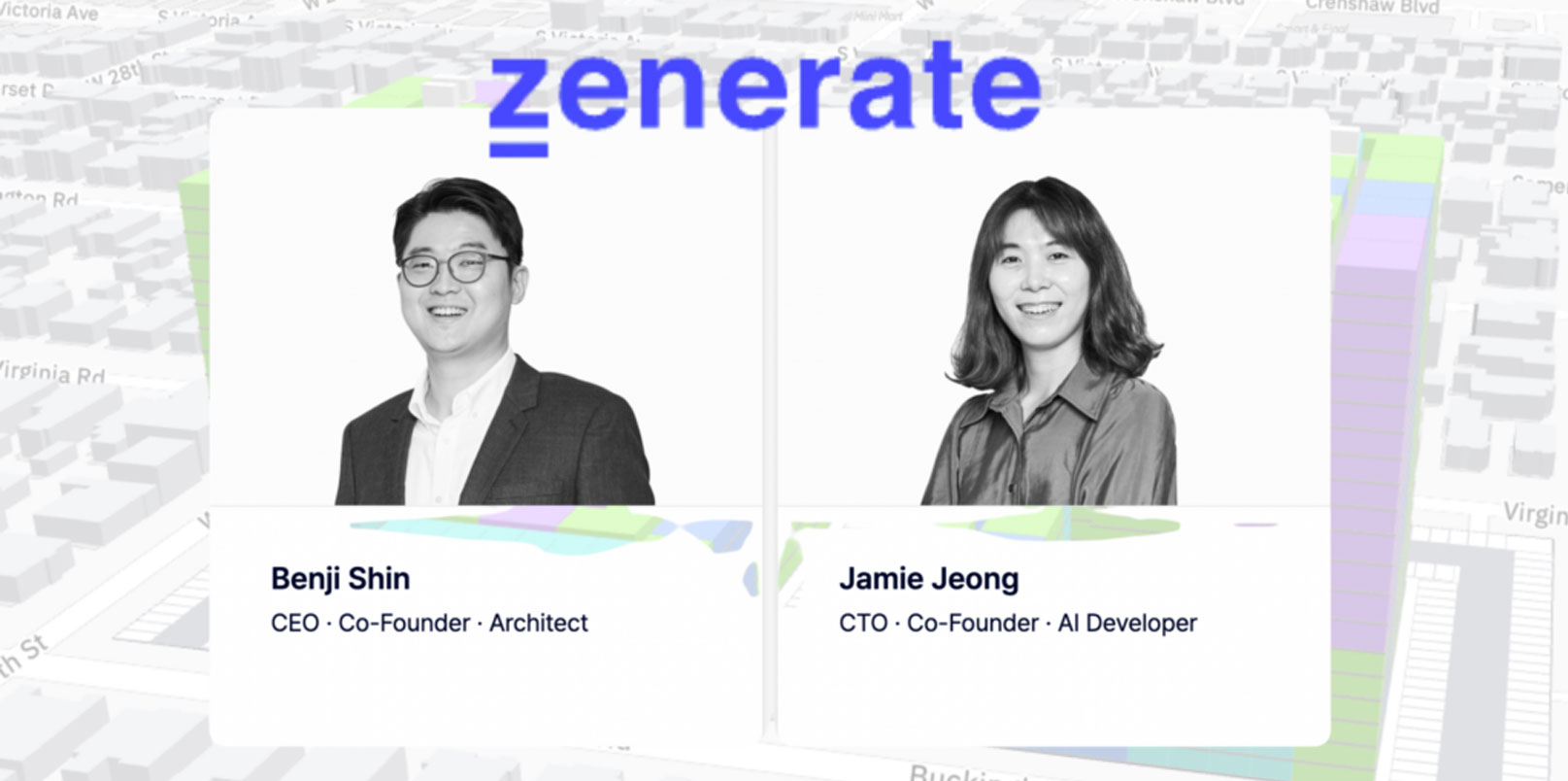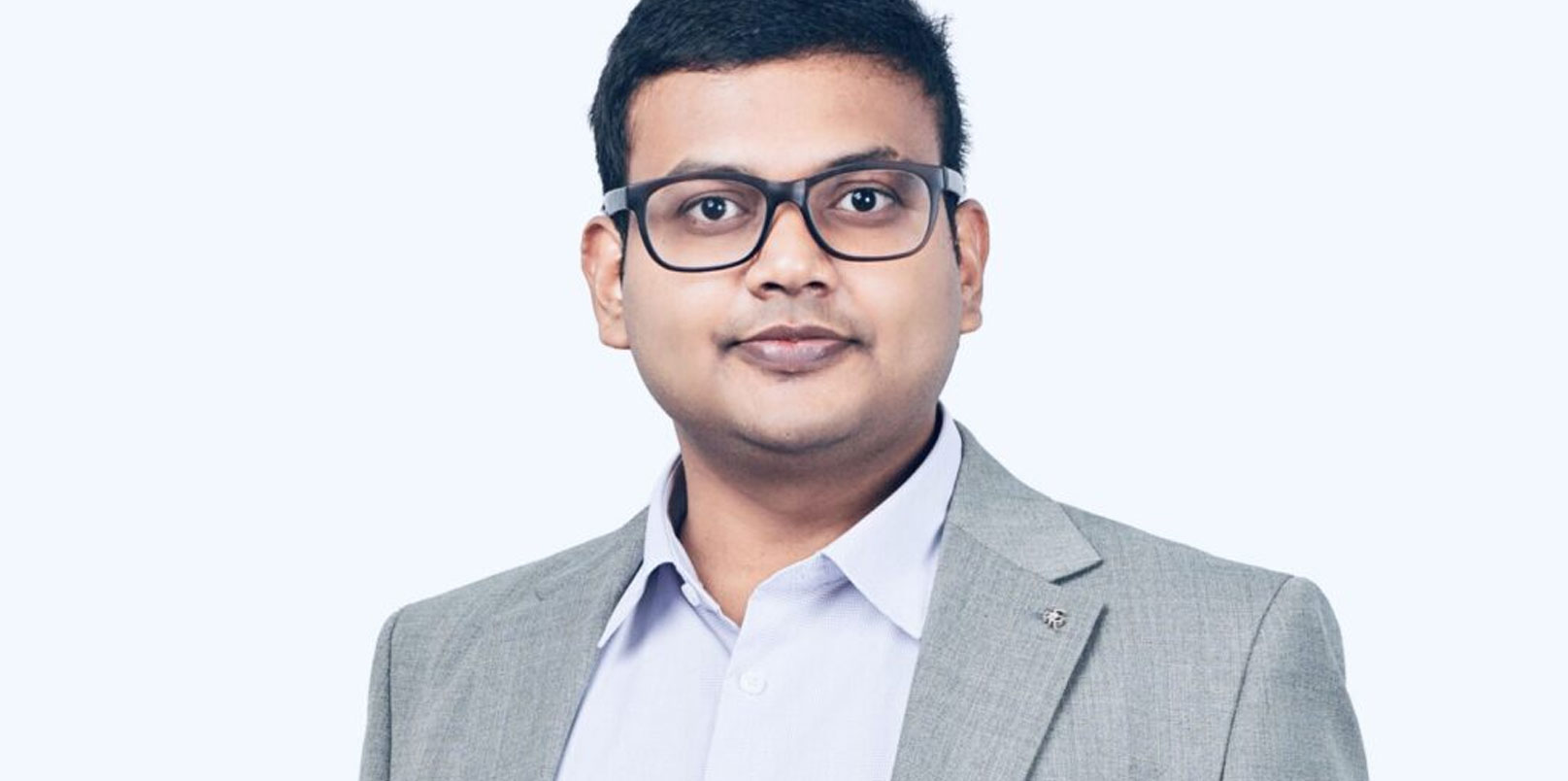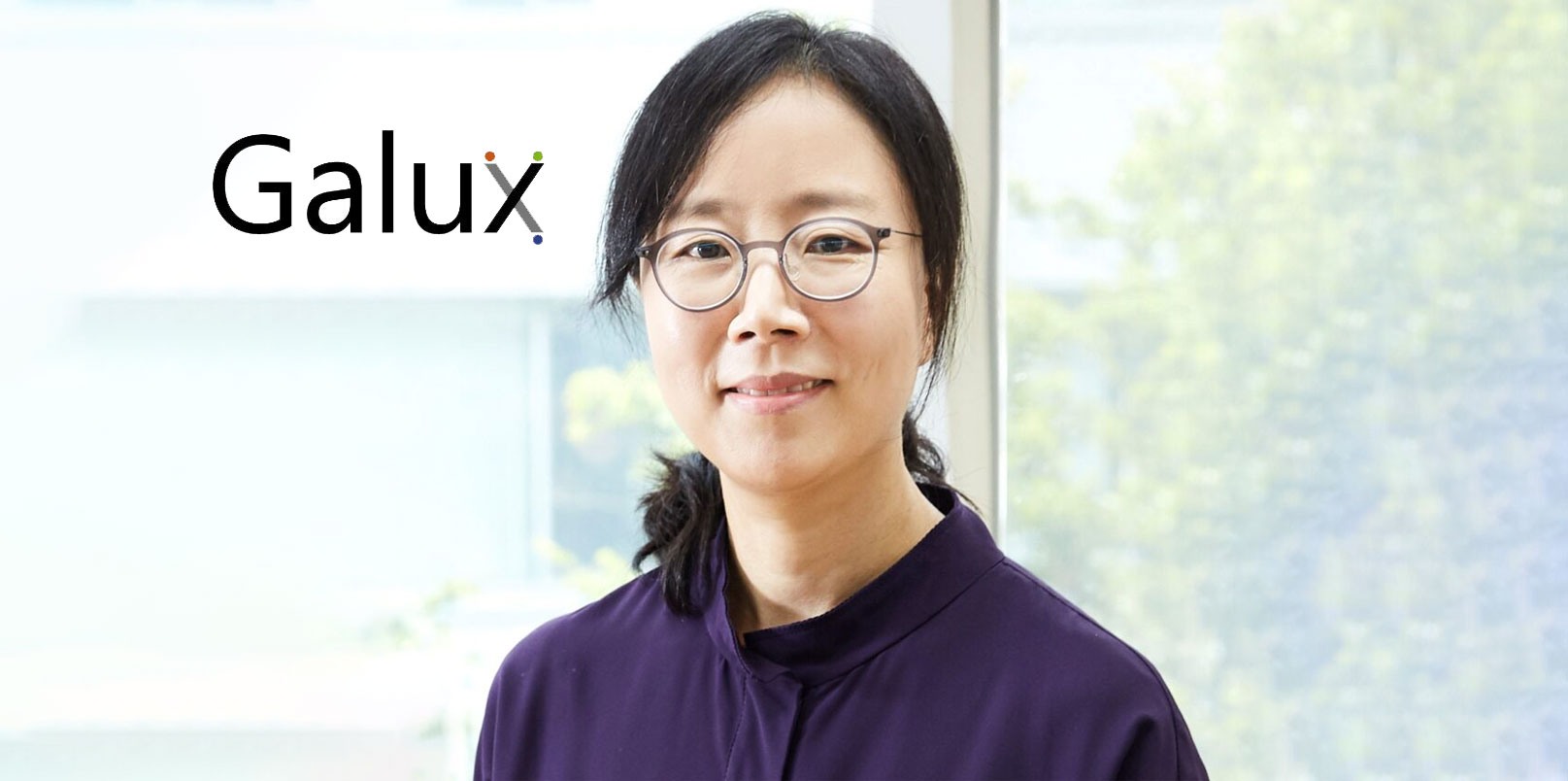Amrit Saxena has been part of the startup ecosystem for more than a decade now and has his focus on Artificial Intelligence enterprises. He is the founder & CEO of SaxeCap, which is an AI-focused IP development and investment firm. His company works with large PE funds to drive EBITDA expansion through AI & automation technologies and invests in data, AI, and enterprise software startups in the Silicon Valley primarily, but he is open to investing in Korean shores.
Prior to starting his company, Amrit founded and scaled Stella.ai, a talent sourcing automation company, to over 150 large enterprise clients (including 10% of the Fortune 500) and founded and sold Fancy That, a retail AI company, to Palantir. Amrit previously worked at Bain, Palantir, Groupon, AmEx, and e2e Analytics, taught and researched AI at Stanford & MIT, and was a United States National Math and Physics Olympiad finalist.
He received his B.S. in Computer Science with a concentration in Artificial Intelligence and M.S. in Management Science & Engineering with a concentration in Operations Research, both from Stanford University with distinction.
Amrit Saxena shared his thoughts about startups with koreatechdesk.com.
1. What background and domain expertise do you have? And why did you become an investor?
I have been active in the Silicon Valley startup ecosystem for over a decade. I studied Computer Science & Artificial Intelligence at Stanford, and have founded and sold two enterprises AI businesses. Given my experience in startup-building, advising and investing in startups became a very natural progression to scale the impact I can have across a wide variety of problem areas.
2. As an investor, what kind of startups have you invested in and why did you choose those particular startups?
I have largely invested in enterprise software and AI/analytics-oriented startups (e.g., Noble.ai, Synapse Technology Corporation, Clerkie), and these businesses have largely come through my professional network.
3. What are the core factors that make you decide to invest in those companies?
Above all else, I look at the market opportunity and founder-market fit. I evaluate whether the company has a proprietary, traction, product or team advantage.
4. What is the investment range in a typical year for your company and how many startups do you invest in? And do S. Korea-headquartered startups get investment from you?
I invest in 10 – 15 startups a year and generally invest between $25,000 and $150,000 per investment. I generally focus on investing in United States-based startups, but I’m happy to consider investment opportunities outside of the US.
5. What are the main factors startups fail as per your experience and how can they prevent mistakes in advance from your personal perspective?
There are a lot of reasons startups fail, but some of the easiest things to sniff out early on that are highly correlated with startup failure are founder tension, lack of founder-market fit, lack of the ability to sell and/or the ability to build a product, etc.
6. What’s your advice to entrepreneurs who meet investors like you? And what are the top 3 questions you always ask founders?
Show investors why you are existentially tied to the outcome of your company and why you are passionate about it—perseverance is a characteristic that is incredibly valuable when investing in an early stage founder. I don’t have a standard set of questions I always ask founders.
7. What’s your general thought about the term “global” and what should Korean startups consider for a US expansion?
Think about how your business model and/or product scales outside of Korea. Do your experiments on CAC in South Korea hold up in the US? Do British consumers feel the same way about your product as Korean consumers do?
8. Our company name is “beSUCCESS”, what’s your definition of the term “success” as an investor or as an individual human being?
Seek to work on things that bring you joy and with people you love and respect — “success” is much more a state of mind than it is how the world perceives you.
9. What are the one or two things you would do differently if you could go back to 10 years ago?
I would have invested in startups earlier, and I would have more thoroughly evaluated the commercial prospects of my initial startups before building the associated software solutions.
10. When you come to Korea next time, what kind of Korean entrepreneurs and startups do you want to meet?
I would love to meet entrepreneurs working on problems in enterprise software, AI, and automation.






